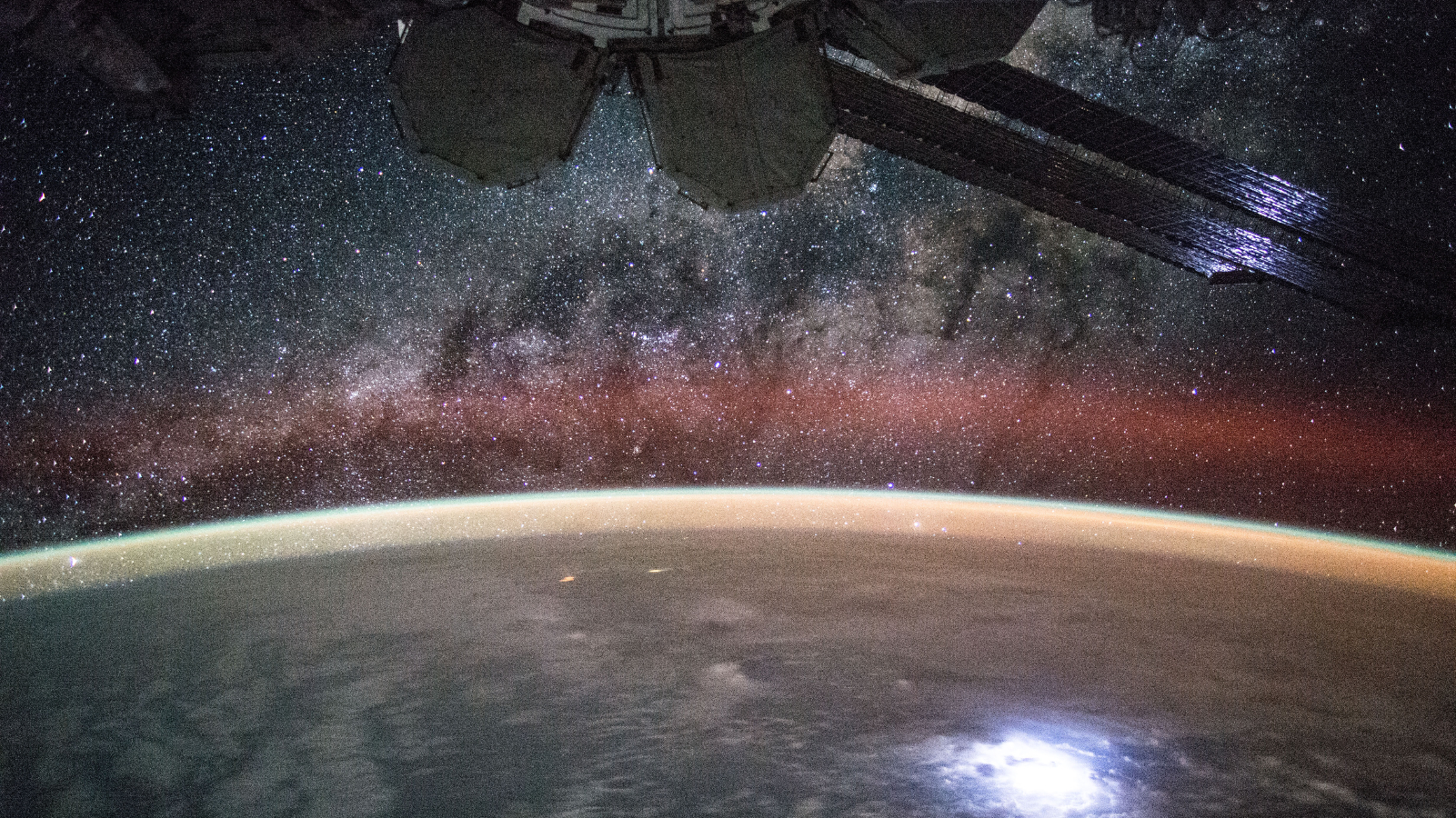Scientists in China have developed a new way of spotting massive, invisible “plasma bubbles” lurking in Earth’s upper atmosphere. The natural disturbances can disrupt GPS software and interfere with radio signals, but are incredibly hard to track.
The bubbles, known as equatorial plasma bubbles (EPBs), are found in the ionosphere — the region of the atmosphere over 30 miles (50 kilometers) above Earth’s surface, where most of the gas has been ionized, or stripped of electrons, by solar radiation, transforming it into a sea of plasma.
The bubbles are cavities within the ionosphere, similar to the holes within blocks of Swiss cheese, according to Spaceweather.com. They form shortly after sunset, when the lack of sunlight causes a sudden halt in ionization, but they only appear close to the planet’s magnetic equator, which is askew from the geographical equator.
EPBs can grow to be anywhere from 6 to 60 miles (10 to 100 km) across, according to EarthSky.org. But as the plasma cavities are invisible to the naked eye, they have proved to be very hard to measure and accurately track in real time.
But it’s important to know where they are because they can disrupt GPS positioning software and interfere with radio signals that are bounced off the ionosphere over long distances, making them potentially dangerous in certain circumstances.
Related: Earth grew an extra, never-before-seen ‘radiation belt’ after last year’s supercharged solar storm — and it’s probably still there
In a new study, published May 9 in the journal Space Weather, scientists from China’s National Space Science Center and the University of Beijing developed a new way of spotting EPBs by monitoring airglow. These shimmering aurora-like lights appear when plasma within the upper ionosphere cools overnight and recombines into gases, emitting energy in the form of light.
The team realized that EPBs slightly alter the appearance of the airglow that forms above them. The researchers then trained a machine-learning program, using over 10 years’ worth of airglow photography captured by the All-Sky Imager at Qujing Station in southern China, to search for the signs of airglow deformation. Their best model could accurately detect and measure the bubbles 88% of the time.
“The test results verified that machine learning is an excellent method for automatically detecting and extracting EPB characteristics,” the researchers wrote in the study.
However, a major limitation of this method is that it only works when there is airglow present, which is never guaranteed and becomes a lot less common during periods of reduced solar activity, which can last for several years at a time.
Avoiding disaster
The researchers hope that their findings could help to prevent several issues surrounding EPBs.
One potential issue is how the bubbles can interfere with GPS signals from satellites, potentially leading to errors in locational software. In 2024, a study published in the journal Satellite Navigation, revealed that the software used by airplanes is particularly prone to this interference, which can lead to them flying slightly off course. The chances of a collision or crash occurring as a result of this are minimal but not negligible, study researchers warned at the time.
EPBs can also disrupt radio signals by altering how they bounce off the ionosphere, which can be problematic in emergency scenarios.
In 2014, researchers from the American Geophysical Union found that a large bubble in 2002 was partly responsible for a fatal U.S. military operation in Afghanistan. Radio operators were unable to warn a Chinook helicopter not to attempt to land on an enemy-controlled mountain top, leading to the vehicle crash-landing under enemy fire and three soldiers being killed in the ensuing firefight.
The new findings could be used to create an early warning system for GPS and radio operators, enabling them to factor the disruptive cavities into their models and forecasts and avoid any potential worst-case scenarios.
